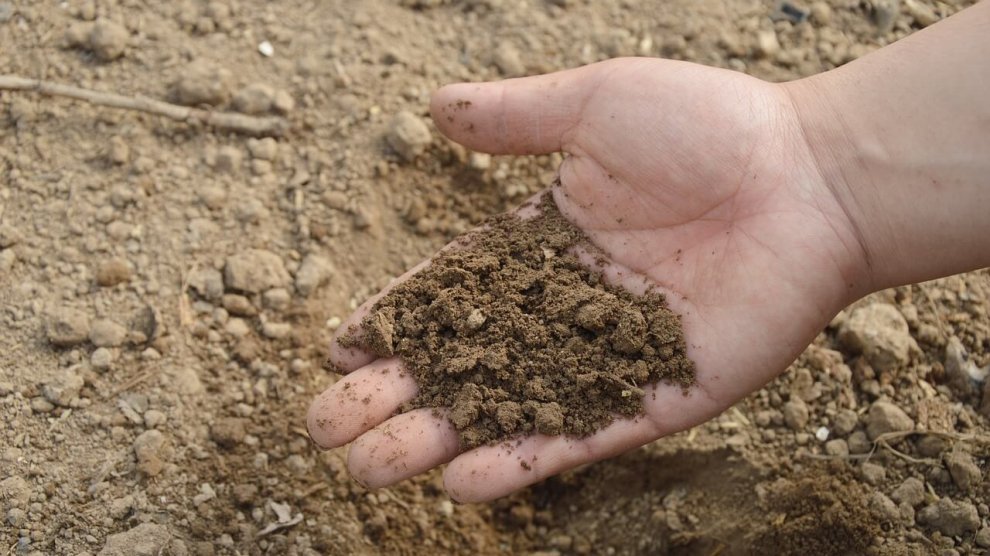Country is back to basic of growing organic food.
The historic period of green revolution in 1960s, Indian farmers were exposed to high yield variety of seeds (HYV), pesticides and fertilizers in order to maintain the food security in the country.
Although the emerging demand for food was met, soil health was disturbed to a higher extent that farming lands turned completely unproductive.
Despite this danger alert, the continuous and huge application of pesticides for meeting the exponential demand for food has led to another practice of spraying vegetables and fruits with hazardous chemicals for quick and unnatural growth.
However, people have slowly started to realize the harmful effects of such fruits, vegetables and grains on the health. People are changing their food preferences towards organic products.
Since the present market for organic products is at a growing stage in India, people are curious with many questions to know more about organic farming.
The regular food is a silent killer
People stop themselves from growing and consuming organic food because it is quiet expensive. “Organic food is 2 – 3 times costlier than the regular food we consume, and the price of organic food is costly because the yield per acre is low .”
If we know about the amount of damage caused by regular food to our organs, we would stop eating it at all. On the other hand if you switch to organic, you will consume less quantity of food but you will feel more energetic and healthy.
Prior to the use of chemicals and fertilizers, the country’s soil was very healthy and fertile. However, these dangerous chemicals have done so much damage to the soil health that it has lost its nutritional balance as well as the ability to produce quality produce. In order to covert regular cultivating land into organic forming land, it takes at least one or two years for the soil to settle and populate the microbial. From the third year one can start the cultivation and reap profits by the fifth year.
Pesticides are hazardous to the soil and also heavy on the pockets of the farmers. This has apparently been one of the many reasons for formers, suicides in the country.
Due to the intense use of pesticides, people living close to such farmland are becoming prone to cancer. In the state of Punjab, which is known as the breadbasket of India was registered with 130 cancer patients per 100,000 people – in line with the country’s average of 137 as per the survey conducted by the state government in 2010. In fact, a number of cancer patients are rising high, and, now, the state has been running a exclusive train for cancer patients who travel to Bikaner for specialist treatment.
The basic motivation of organic farming arise when I had two early deaths in my family. Two of my very close relatives died because of cancer despite the fact that they were completely healthy, had no bad habits. The only thing that we could trace was pesticides, which they could have consumed in their food.
I have planted a couple of trees creating a boundary of two to three feet around my farm with teak trees and other variety of trees so as to avoid the effect of pesticides on my field and crop.
Start your own organic farm
The Government of India is encouraging organic farming with several schemes and subsidies attracting organic farming.
With two cows in farm, you can manage 6-10 acres of the farm, no manure is needed. All you need is seeds material and if your health permits enough to carry out transplantation and harvesting, you can start your farm right away. If you are not physically capable to handle the whole farm yourself, then five or 10 farmers can come together to form a group. This way we can do zero cost farming.
Zero investment farming plan
It encourages the entire aspiring farming community to produce chemical-free crop.
Follow the formula to start your own organic farm:
The first step is to get or buy a land. So, I bought some 5.5 acres of my land and then I fenced it around.
Secondly, start using the organic manure. The locally available materials for making the manure are cow dung, cow urine, goat dung, and green manure. I used traditional manures in my field ‘Panchagavya’ comprising cow dung, cow urine, milk, curd, ghee and ‘agniastra’ which is made by chilli.
Thirdly, incorporate the green manure in your field, which is available at a throwaway price in the market. Then allow four-five goats to walk around in your field for two or three days, for their excreta is a good manure.
Fourthly, it is time now for the seedling after which you can do the transplantation directly.
Fifth and the most important step is water use efficiency, you can manage water motors with solar energy. The exciting fact about using solar energy in a farm is that it can avoid salts and other harmful chemicals coming to your field from the adjacent farms because the speed of the water is so low.
Also, it helps to maintain the water table, for example, if your pipe sucks a bucket of water from wells at a very low speed, then the wells will refill the empty in the meantime you draw another portion of water.
I have also channelized my field with different pipes. If field ‘one’ requires water, I open the motor of that particular field instead of letting the water cross through all other fields. In this way, I conserve water.















Add Comment